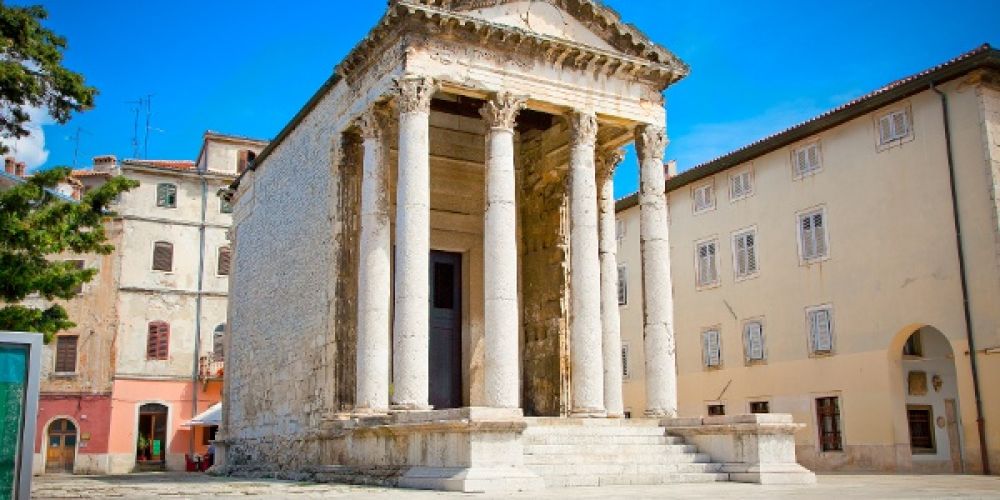

The city of Ankara, the capital of Turkey, houses one of the most significant historical legacies from the Roman Empire in Asia Minor: the Temple of Augustus and Rome. This majestic edifice, dedicated to the first Roman emperor Augustus and the goddess Roma, stands as a testament to the long-standing Roman influence in the region.
The origins of the temple date back to the 2nd century BCE when it was initially built by the Galatian King Pylamenes in honor of the goddess Roma and Augustus. After the Galatian kingdom was incorporated into the Roman Empire, the temple gained supreme significance as a symbol of the empire's reach. The temple is especially famous for housing the Res Gestae Divi Augusti, the funerary inscription of Emperor Augustus, which details his achievements and serves as a critical source of Roman history.
Tourism in Ankara, including visits to the Temple of Augustus and Rome, began to flourish particularly in the 20th century. With the declaration of Ankara as the capital of the Turkish Republic in 1923, the city became more accessible and attractive to both domestic and international tourists. Over the years, archaeological excavations have revealed more insights about the temple, enticing historians, archaeologists, and tourists alike.
The Turkish government, recognizing the historical and cultural value of the Temple of Augustus and Rome, has undertaken several restoration and preservation measures. Efforts to maintain the site and its surroundings have increased its appeal to visitors and scholars, ensuring that it remains an integral part of Ankara's attractions.
In recent years, tourism trends have seen a shift towards experiences that are not just recreational but also educational. Visitors to the Temple of Augustus and Rome are often looking for a deeper understanding of the historical context of the ruins. Engaging storytelling, guided tours, and improved visitor facilities have all been part of Ankara's approach to catering to the modern traveler interested in history and culture.
There is also a growing trend of sustainable tourism, with conservation efforts prioritized to protect the longevity of historical sites. Ankara has been working on managing visitor numbers, maintaining the integrity of its ancient structures, and finding a balance between accessibility and preservation.
Tourists visiting the Temple of Augustus and Rome can delve into the rich tapestry of Rome's influence over Ankara, explore the temple's remaining columns and walls, and see the text of the Res Gestae Divi Augusti, which has been preserved in both Latin and Greek. The combination of the old and the new, with the ancient ruins set against the modern cityscape, makes Ankara and the temple a destination of profound historical resonance.
The Temple of Augustus and Rome stands as a beacon of ancient history in the heart of modern Ankara. Its importance for both the historical narrative of the Roman Empire and the cultural landscape of contemporary Turkey continues to draw visitors from around the world, eager to capture a glimpse of this storied past. As tourism trends evolve, Ankara remains devoted to sharing the splendor of this ancient monument, offering a timeless journey through history.